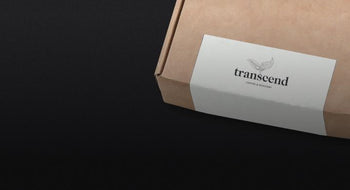Cascara Coffee Cherry Tea 240g - Costa Rica
cascara, Coffee, Filter Coffee, Tea
Country: Costa Rica
- Region: West Valley
- Town: Llano Bonito
- Producer: Ricardo Perez Barrantes
Brewing Instructions:
1. Heat water to just under boiling (93°C)
2. Add 12g of cascara to 500 mL of water
3. Steep the cascara for around 3 minutes
4. Drain the tea, discard the pulp
Cascara, which is made from the dried husks of coffee cherries, contains 25–100 mg of caffeine per 8-ounce cup, depending on factors like brewing method, steeping time, and the coffee variety used.
For comparison:
☕ **Drip coffee**: ~95 mg per 8 oz
🍵 **Black tea**: ~40–70 mg per 8 oz
🫖 **Green tea**: ~25–45 mg per 8 oz
Since cascara is made from the fruit rather than the bean, it generally has **less caffeine than coffee but more than most teas**. A longer steeping time can extract more caffeine if you're making cascara tea or a cold brew. Are you thinking of using Cascara for a drink or a coffee-related project?
Because the coffee we drink doesn’t look anything like fruit juice, we can forgive anyone who doesn’t realize that what we’re drinking is an extract from the roasted and ground seeds of a coffee cherry. The fruit's flesh is typically composted and used as fertilizer for the next crop. However, the cascara (Spanish for skin or husk) is sometimes dried and used to make tea. Cascara tea has been made in Yemen and Ethiopia (called Qishr) for centuries!
The forward-thinking team at the Helsar de Zarcero mill in Costa Rica wanted to find a suitable use for the leftover cherry skins, so they sought the help of the University of Costa Rica. Initially, they thought of isolating the red pigment in the cherries to create a red dye, but they brilliantly found that the best use of the leftover cascara was as a consumable dried fruit product. High in antioxidants, the cascara would work equally great as a tea or even as a snack.
Cascara is typically made by taking the by-products of coffee milling and drying them in the sun. This process can be dangerous since it can take a long time for the cascara to dry and therefore creates a high risk of mould growth. The UCR and Helsar team came up with a process where the freshly picked cherries are placed in sanitized containers, rinsed three times, and depulped in a separate facility. The coffee seeds (beans) are taken to be dried on the patios and raised beds of the Helsar mill, while the cascara is steam-treated to eliminate any microorganisms, then dried in specially designed ovens.
We have procured a small amount of this delicious cascara and we believe it makes an amazing tea. What’s even more exciting is that our Santa Lucia coffee is derived from the exact same cherries that our cascara. It’s a really unique opportunity to taste the fruit that our coffee and cascara comes from side by side!






